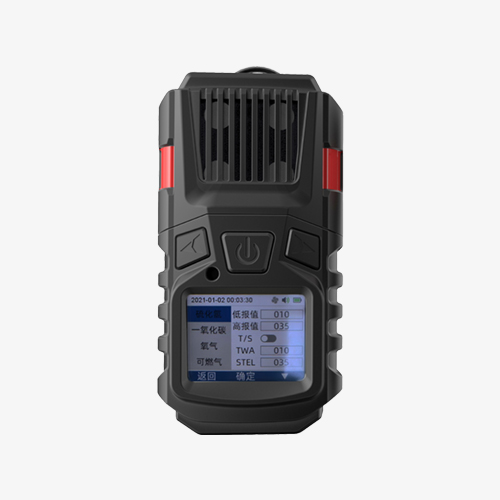LEL gas detector calibration

The LEL gas detector is a device for monitoring the concentration of combustible gases in the environment. To ensure its accuracy and reliability, periodic calibration and maintenance is required during use. The following are some suggestions for LEL gas detector calibration and maintenance.
1. Preparation for calibration: Before calibration, make sure that the detector is in proper working conditions and is not damaged or contaminated. Also, check that the Combustible Sensor inside the detector is clean and that the batteries are sufficient.
2. Refer to the instruction manual: Read and understand the instruction manual of the tester in detail. Different models of detectors may have different calibration methods and requirements, so make sure to follow the correct steps.
3. Calibration gas: Select a suitable calibration gas, usually a combustible gas of known concentration. The calibration gas should be the same or similar to the gas to be measured. Ensure that the concentration of the calibration gas is in accordance with the equipment specification and check its expiration date.
4. Setting the calibration mode: Enter the calibration mode of the detector. This usually involves pressing a specific button or operating a specific control menu. Ensure that the calibration gas type and concentration are correctly selected.
5. Perform a zero calibration: Expose the detector to clean air and wait for a period of time to stabilize the reading. Then perform a zero calibration to adjust the detector's reading to zero. Follow the instructions in the manual to complete the zero calibration steps.
6. Perform concentration calibration: Place the calibration gas source near the detector and make sure there are no interfering objects between it and the detector. Wait for a period of time until the reading stabilizes. Adjust the detector reading to the known concentration of the calibration gas according to the instructions.
7. Calibration Record: After completing the calibration, record information such as the date of calibration, the concentration of the calibration gas and the expiration date. This helps track the performance and maintenance history of the equipment.
8. Regular Maintenance: In addition to calibration, regular maintenance is an important step to ensure that the detector is working properly. Regularly clean the sensor and housing to ensure that the surfaces of the device are clean and protected from contaminants. Also check the battery status and replace the aging battery in time.
9. Pay attention to the alarm: In the course of use, pay attention to the alarm and fault indication of the LEL combustible gas detector. If abnormalities or malfunctions are found, stop using it immediately and contact professional maintenance personnel.
10. Training and Awareness: Provide appropriate training to operators on how to properly use, calibrate and maintain the LEL combustible gas detector. Also promote safety awareness in the workplace, emphasizing the importance of using these devices and the need for proper operation.









-450x320.jpg)
-450x320.jpg)
